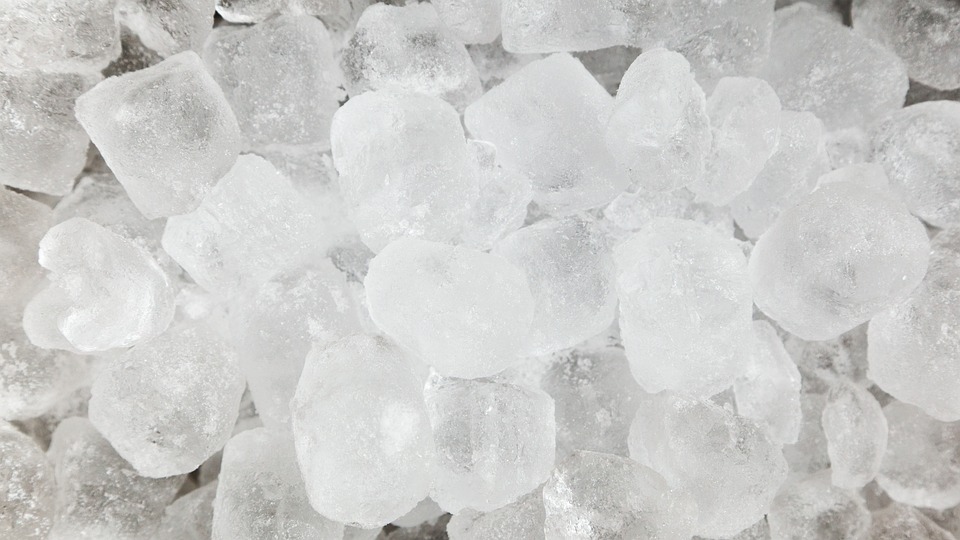Concrete Waterproofing: Everything You Need To Know
Concrete waterproofing is the process of protecting concrete from water damage. If concrete is not properly waterproofed, it can crack and deteriorate over time. In this article, we will discuss the different methods of concrete waterproofing, as well as the benefits and drawbacks of each method. We will also provide tips on how to choose the right concrete waterproofing method for your project. One of the most common methods of concrete waterproofing is surface sealing. Surface sealing involves applying a thin layer of material, such as polyurethane or epoxy resin, to the surface of the concrete. This provides a protective barrier that prevents water from seeping into the concrete through tiny cracks and pores. Surface sealing can be done using a roller, brush, or squeegee. The main advantage of surface sealing is that it does not require any special equipment, so it can be done quickly and easily. However, the sealant will only last for about a year before it needs to be reapplied, and this process usually involves removing all debris from the concrete surface before applying the sealer. Finally, surface sealing will not increase the strength of the concrete or add any structural support to it. One potential drawback of surface sealing is that it can lead to a buildup of moisture underneath the sealed layer if it isn’t done properly. If this occurs, there is a risk that the concrete may begin to crack and crumble. To avoid this problem, it is important to thoroughly clean the concrete surface before applying a sealant. This can be done by sweeping away all debris and then hosing down the area with water so that there are no loose particles left in the pores of the concrete. When applying a sealant over an existing one, you will need to remove any excess sealant on the surface to ensure that the new layer bonds properly. You can accomplish this by using a blade or sanding block or you may opt for solvent-based strippers that will effectively break down and remove the old coatings. Once you have thoroughly cleaned and prepared the concrete surface, you are ready to apply the sealant. Before you do so, however, it is important to read the instructions on the product label carefully so that you get an understanding of how much product to use and how long you should allow for drying between coats. It is also important to ensure that you have the appropriate tools and supplies on hand before beginning the application process. For more information on concrete waterproofing, check online.


